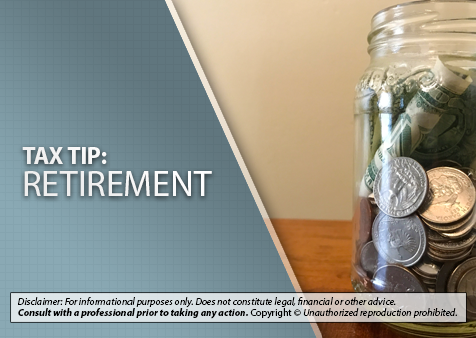If you reached 72 years of age in 2022 and have an IRA (other than a Roth), or a 401(k) or similar retirement plan, then you likely need to withdraw funds from that account by April 1. In general, taxpayers with these retirement plans must begin taking annual withdrawals, called required minimum distributions (RMDs), once they reach a specified age.
This special April 1 deadline applies only to those taking their FIRST retirement account RMD. The normal deadline for RMDs is December 31 of the year that the RMD applies to. This means that taxpayers who turned 72 in 2022 and take their first RMD by April 1 will generally need to take a second, separate RMD for 2023 by December 31.
The age threshold of 72 for 2022 RMDs generally applies for traditional, SEP and SIMPLE IRAs, as well as for many workplace retirement plans such as 401(k), 403(b) and 457(b) plans. However, if you still work for the organization where you set up your 401(k) or similar plan, you may be able to delay your first RMD until April 1 of the year after you retire. Roth IRAs generally do not have RMDs, unless the account was inherited.
Your retirement account manager can help you figure the amount of your first RMD, and ensure that the transaction is completed by the deadline. In general, RMDs are taxable income.



